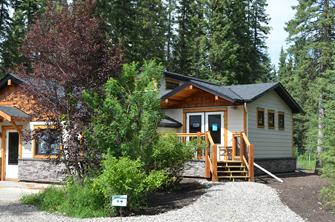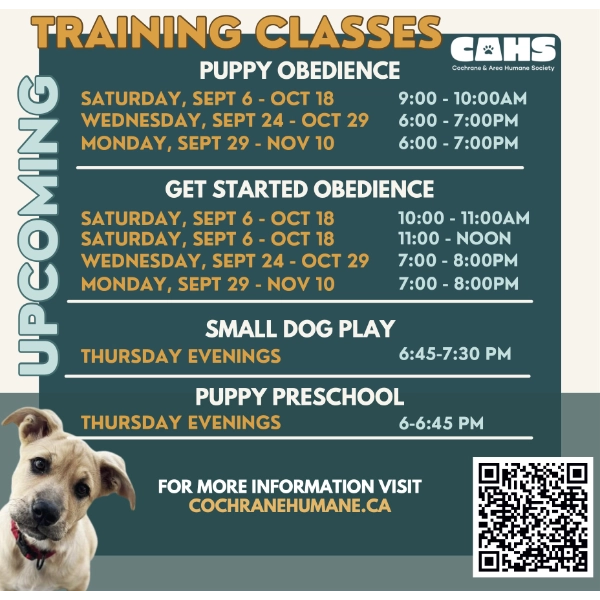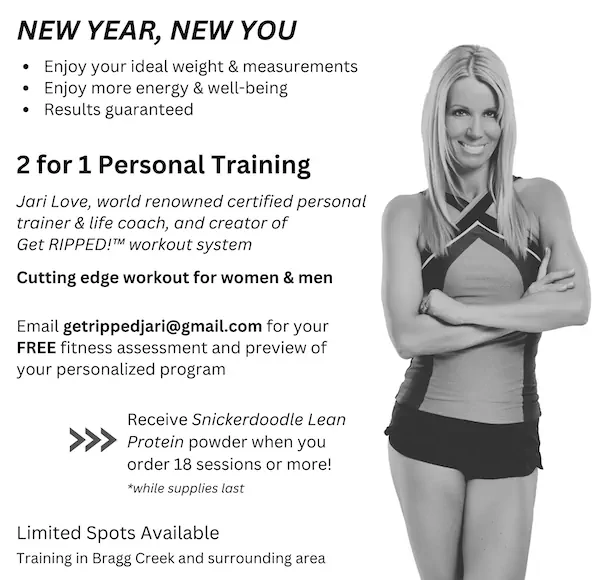Why Nasal Breathing Outperforms Mouth Breathing in Exercise
Have you ever noticed the sounds that echo through a gym? The clank of weights, the thump of treadmills, and sometimes those unexpected *grunts, gasps, or heavy exhales* from people pushing themselves to the limit. As a former gym owner alongside my husband, I can tell you— we’ve seen and heard it all. But here’s the real question: Does breathing that hard actually help your workout or could it be holding you back?
The surprising truth is that huffing and puffing your way through sets isn’t as effective as people think. In fact, breathing too hard or out of sync can make exercise feel harder, drain your energy faster, and even put unnecessary stress on your heart and muscles. The good news? When you understand how to breathe properly during exercise, you unlock more strength, more endurance, and more control—without the wasted effort or awkward gym noises.
Motivating Nose-Breathing Tips (Running, Intervals, Walking)
Tip 1: Save Energy & Boost Endurance
Why it works: Nose breathing increases airway resistance, slowing respiratory rate and encouraging deeper, fuller breaths (higher tidal volume), which enhances oxygen uptake and improves ventilatory efficiency, even in patients with heart failure.
Motivation cue: You actually use your breath more wisely. You go farther, feel stronger, with less effort.
Tip 2: Stay Hydrated & Prevent Early Fatigue
Why it works: Mouth breathing leads to significantly more water loss during exercise. Studies show up to 42% more dehydration compared to nasal breathing, which can sap energy and impair muscle function.
Motivation cue: Breathe through your nose, and your body stays hydrated longer, so you keep going without hitting that wall.
Tip 3: Build Core Strength & Stability
Why it works: Nose breathing encourages diaphragmatic engagement and creates intra-abdominal pressure—engaging the transverse abdominis and improving trunk support.
Motivation cue: Every breath is subtly training your deep core, helping you stay stable and injury resilient.
Tip 4: Protect Your Heart & Lower Blood Pressure
Heart friendly breathing: Research shows that nasal breathing, by promoting a parasympathetic (rest-and digest) state, is linked to lower diastolic blood pressure and reduced perceived effort at rest.
Supporting cardiovascular health: Nose breathing supports better oxygenation, CO2 regulation, and improved vagal tone and heart rate variability (HRV) — all markers of a healthier and more resilient heart.
Motivation cue: Breathe through your nose, and you’re giving your heart a break. You feel smoother, calmer, and your heart stays strong.
The Problem with Mouth Breathing (Especially During Exercise)
1. Less Clean, Dry Air to Your Lungs
Skips critical warming, filtering, and humidifying—what the nose naturally does—exposing airways to cold, dry, or polluted air.
2. Faster Dehydration & CO2 Imbalance Leads to greater water and CO2 loss, quicker fatigue, and potential exercise-induced bronchoconstriction— minor airway constriction that can hinder performance.
3. Shallow, Inefficient Breathing Mouth breathing tends to be upper- chest–oriented, shallow, and rapid, increasing energy cost and reducing oxygen extraction.
Breathing through your nose isn’t just about style, it’s smart. When you nose- breathe, your lungs warm, filter, and humidify air properly, so less gunk hits your airway. You stay hydrated longer— studies show people lose up to 42% more fluid when mouth-breathing. That extra control activates your diaphragm and your core, so you’re more stable and stronger. And guess what? It calms your heart too. Nose breathing lowers blood pressure and stress on your system. So, whether you’re walking, sprinting, or cooling down—give your body that edge: breathe through the nose. It’s energy-saving, heart-friendly, and performance-boosting, all in one.

Jari Love is a certified trainer and creator of the successful scientifically tested Get RIPPED!® series. You can learn more about Jari Love at www.jarilove.com. You can follow her on Facebook at @JariLoveFitness and at @rippedjari on Instagram.



























